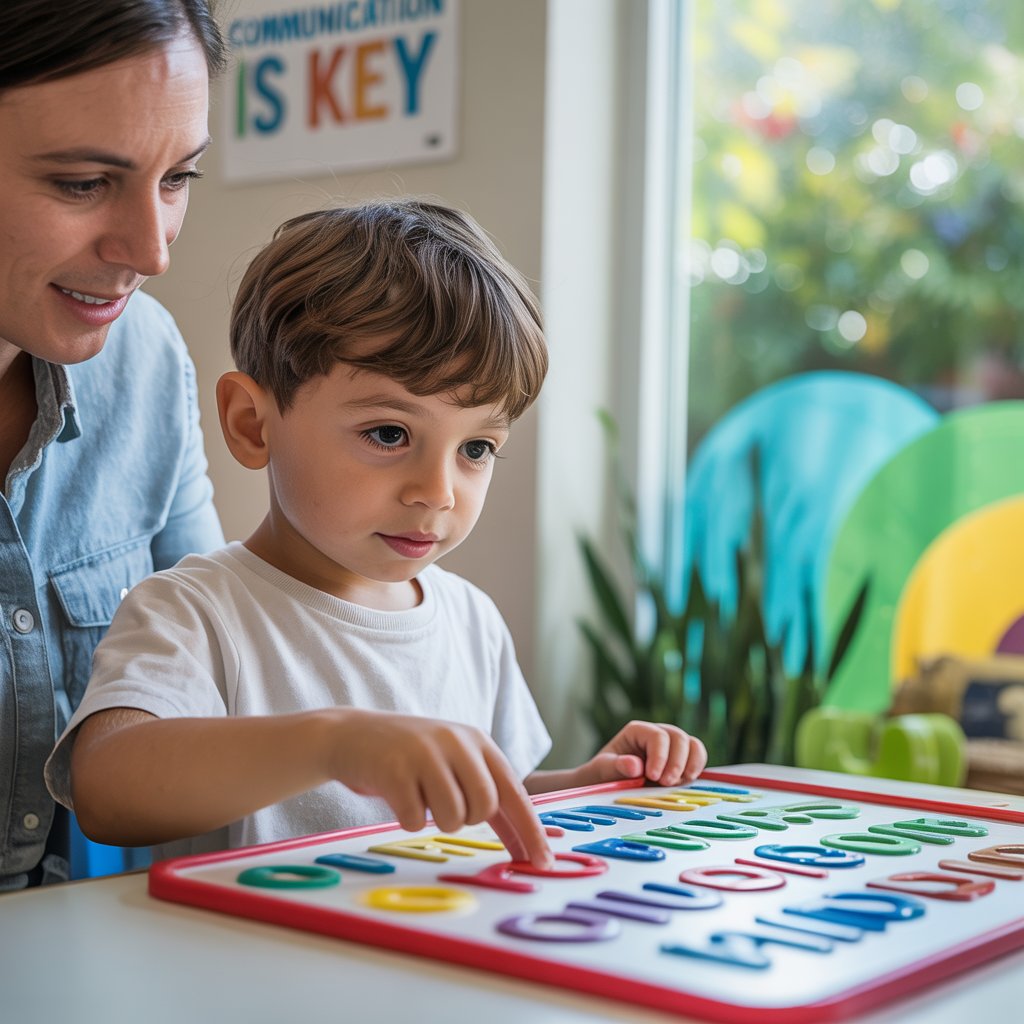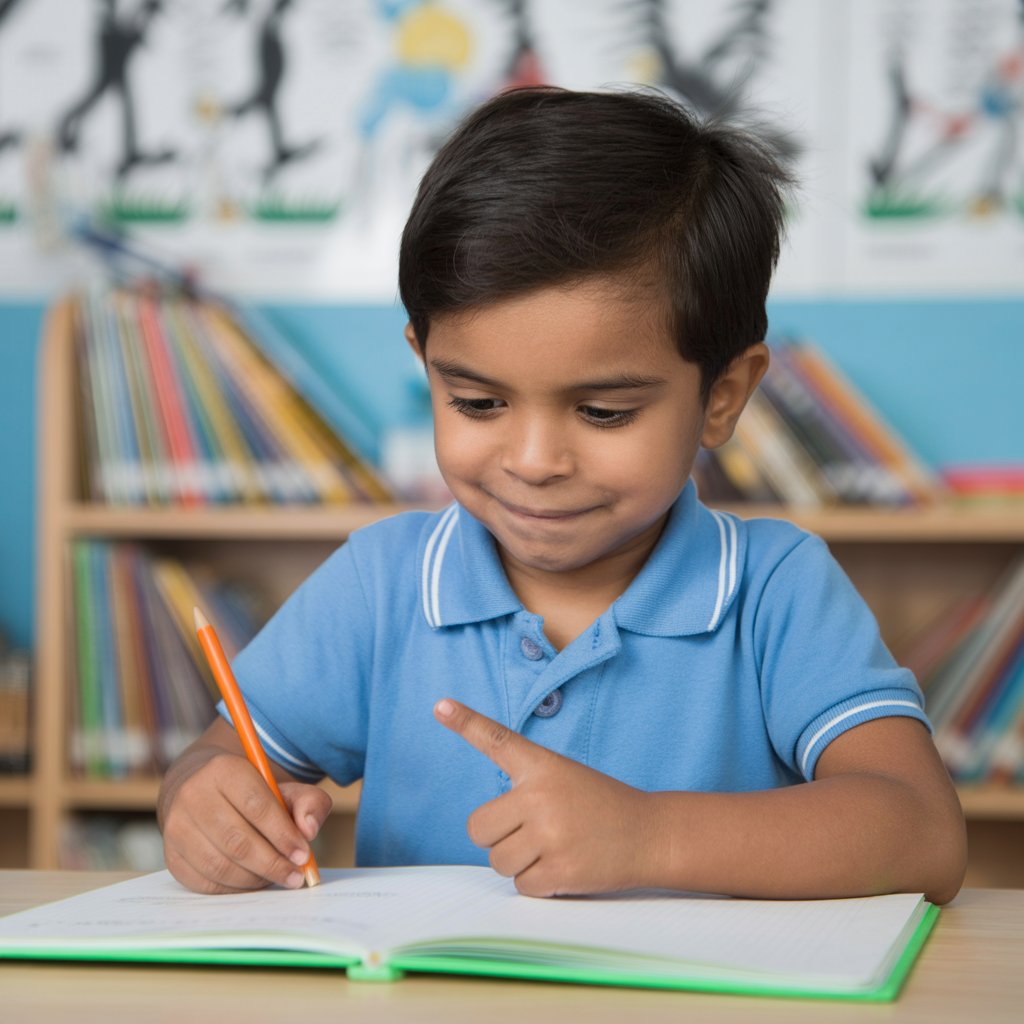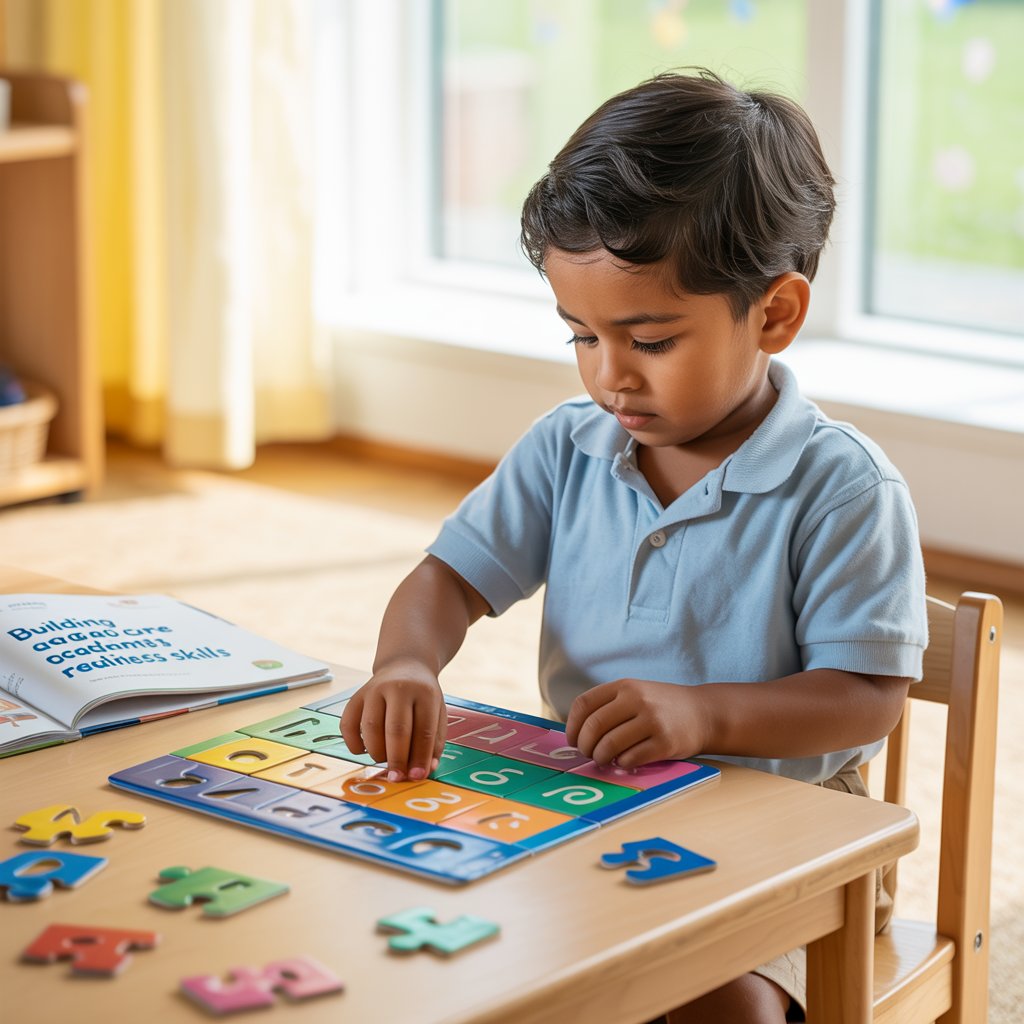Evidence-Based Motor Development Strategies in Autism
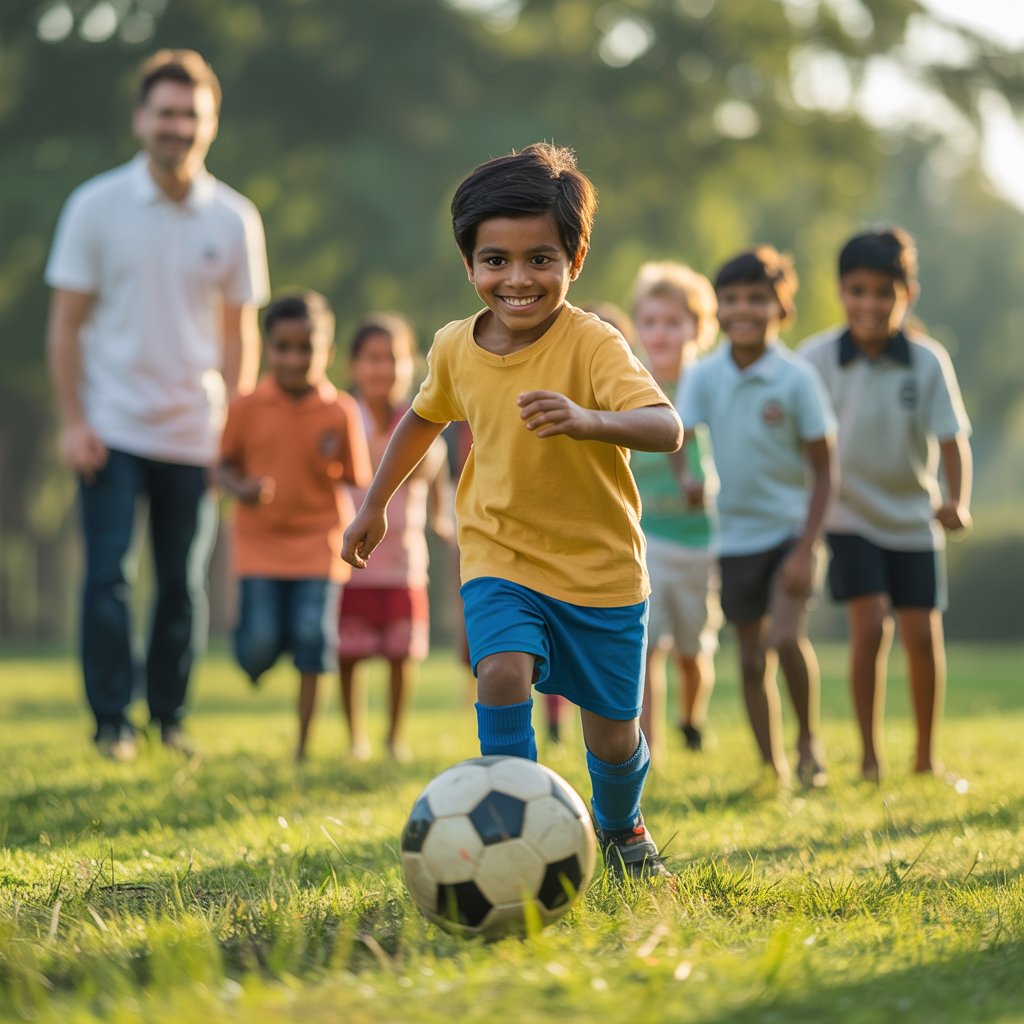
Physical therapy approaches tailored for neurodevelopmental conditions
Kids with ADHD and autism often struggle with coordination, balance, and strength. But here's the good news – physical therapy can make a world of difference.
Physical therapists who specialize in neurodevelopmental conditions don't just use generic approaches. They create personalized plans based on each child's specific motor challenges.
For children with autism, sensory integration therapy helps their brains process movement information better. This might involve swinging, bouncing on therapy balls, or navigating obstacle courses – all while making it feel like playtime rather than "therapy."
For ADHD, physical therapists focus on activities that improve attention alongside motor skills. Think balance beams that require focus, or coordination games that reward sustained attention.
What works so well about PT for these kids? The therapist breaks down complex movements into manageable steps. A child struggling to jump might first practice weight shifting, then small hops, before attempting a full jump.
Progress tracking is crucial too. When kids (and parents) can see improvements – like going from hopping on two feet to skipping – it builds confidence that carries over into other areas of life.
Occupational therapy strategies that improve coordination
Occupational therapists are coordination superheroes for kids with ADHD and autism. Their secret weapon? Making everyday activities therapeutic.
Handwriting is often a major struggle. OTs use multi-sensory approaches – like writing in shaving cream, forming letters with clay, or using weighted pencils – to strengthen the small muscles needed for pencil control.
Fine motor skills get a boost through fun activities like:
- Picking up small objects with tweezers
- Stringing beads of various sizes
- Using therapy putty to strengthen hand muscles
- Playing games requiring pincer grasp
OTs also address bilateral coordination (using both sides of the body together). Activities like cutting with scissors, opening containers, or playing catch help integrate both brain hemispheres.
The genius of good occupational therapy is how it disguises "work" as play. That child arranging colorful pegs isn't just having fun – they're developing the precise finger movements needed for buttoning clothes and typing.
Many OTs also incorporate rhythmic activities, knowing that timing and coordination go hand-in-hand. Clapping games, simple drumming patterns, and movement to music all help the brain organize motor planning.
Adaptive physical education programs
Standard PE classes can be overwhelming nightmares for kids with motor challenges. Enter adaptive physical education – the game-changer many families don't even know exists.
Adaptive PE teachers modify activities to ensure success while still providing challenge. A child who struggles catching might start with scarves instead of balls, or use larger, slower-moving equipment before progressing to standard sizes.
Class structure matters tremendously. While typical PE might involve 25+ kids and constant activity changes, adaptive programs offer:
- Smaller class sizes
- Predictable routines
- Visual schedules
- More time for skill practice
- Modified rules that emphasize participation over competition
The best programs focus on fundamental movement patterns – running, jumping, throwing, catching – rather than complex sports skills. These building blocks create the foundation for more advanced movements later.
Some schools offer "reverse inclusion" where typically-developing peers join adaptive PE as helpers and partners. This benefits everyone – kids with motor challenges get peer models, while their classmates develop empathy and leadership skills.
Sports and recreational activities that build motor skills
Finding the right sport can transform a child's motor development trajectory. But the key word here is "right" – not every activity fits every kid.
Individual sports often work better than team sports, especially initially. Swimming, martial arts, and gymnastics are particularly beneficial because they:
- Allow children to progress at their own pace
- Provide clear, structured movements to master
- Build core strength and body awareness
- Offer predictable environments with limited surprises
Don't dismiss team sports entirely though. Modified versions like Challenger baseball or inclusive soccer programs create supportive environments where differences are embraced.
Rock climbing deserves special mention for kids with motor challenges. It combines strength, planning, problem-solving, and confidence-building in a naturally motivating package. Many climbing gyms now offer neurodiversity-friendly sessions with reduced sensory stimulation.
The timing of practices matters too. Children with ADHD often perform better in morning activities before medication wears off, while some kids with autism might need afternoon sessions when sensory systems are better regulated.
Remember: consistency trumps variety. A twice-weekly swimming lesson will build more skills than sampling five different sports in a season.
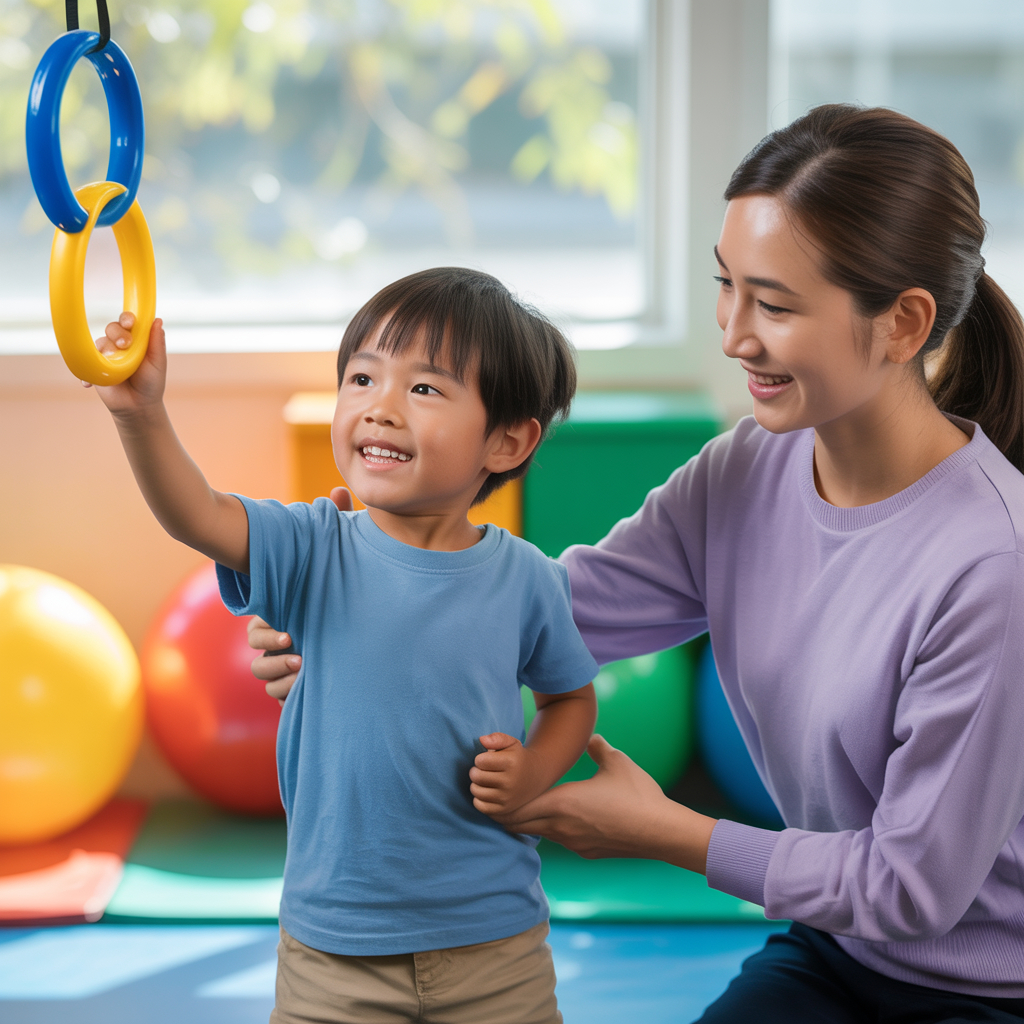
Technology-assisted motor skill development
Technology isn't just for screen time – it's revolutionizing how we approach motor development in neurodevelopmental conditions.
Motion-based gaming systems provide immediate feedback and high-interest contexts for practicing movements. Research shows that games requiring full-body movement can improve balance, coordination, and motor planning. The Nintendo Switch with Ring Fit Adventure or Xbox Kinect games create physically demanding yet engaging experiences.
Virtual reality takes this further, creating controlled environments where children can practice skills without overwhelming sensory input. A child anxious about playground equipment might first navigate virtual climbing structures before attempting the real thing.
Wearable technology helps track progress objectively. Smart watches measure activity levels, while specialized sensors can analyze gait patterns or hand movements, helping therapists pinpoint specific areas for improvement.
Apps designed specifically for motor development offer structured progression of skills. Programs like "Motor Skills Development" guide parents through daily activities calibrated to their child's current abilities.
Robotic assistance shows particular promise. Devices like the Anklebot help children with walking mechanics, while robotic gloves can support hand function development.
The real power comes when technology supplements rather than replaces human interaction. The best outcomes happen when parents and therapists use tech tools alongside traditional hands-on approaches – getting the best of both worlds.





